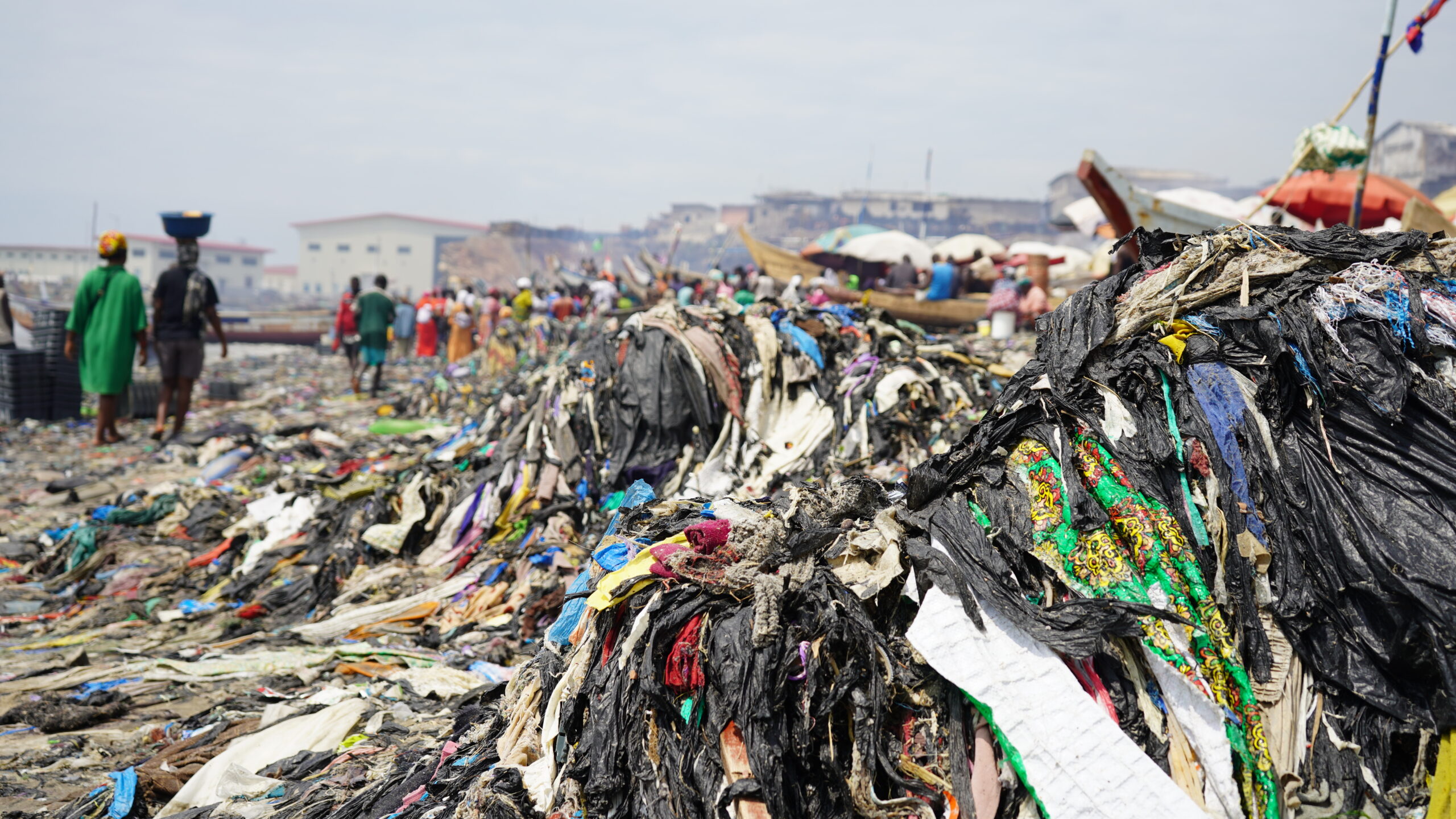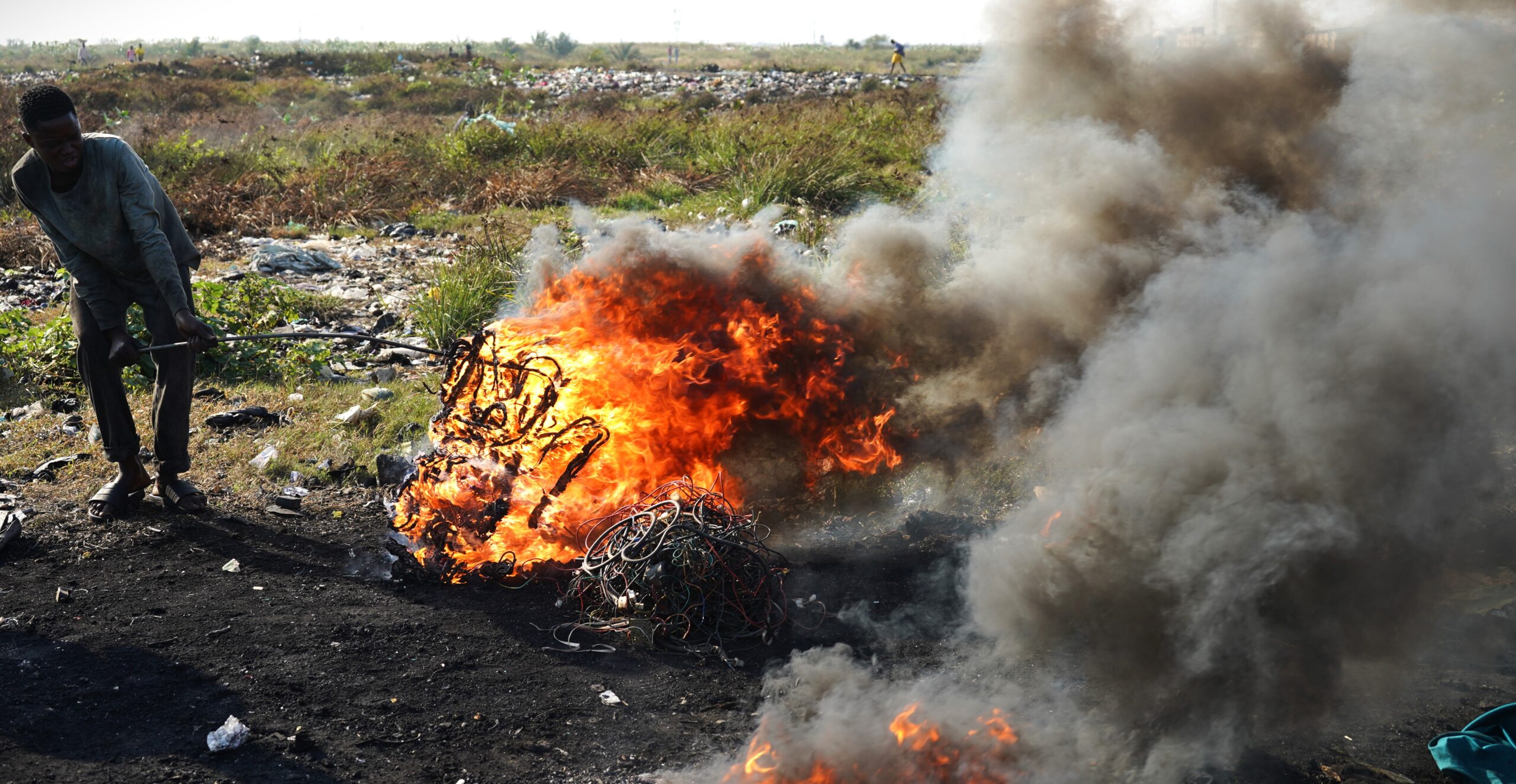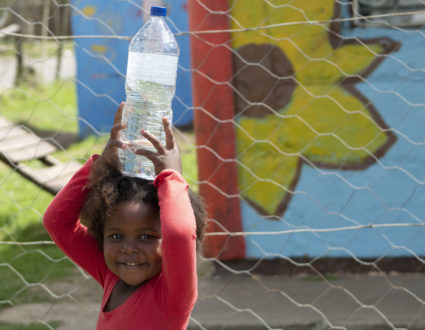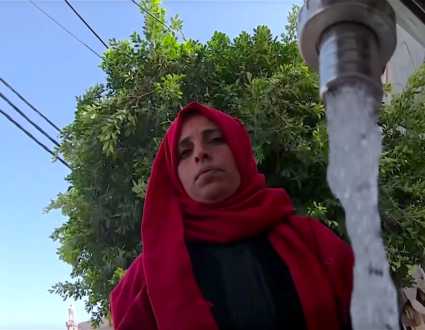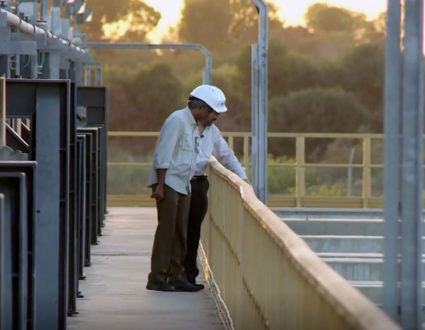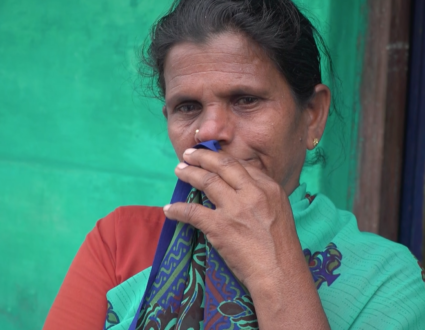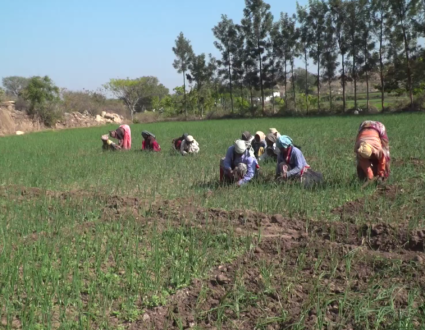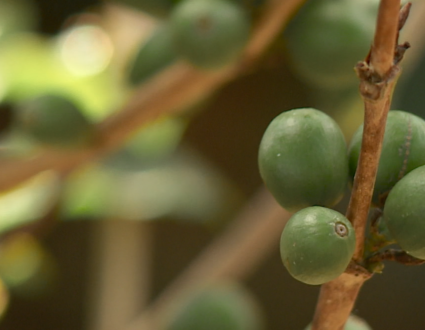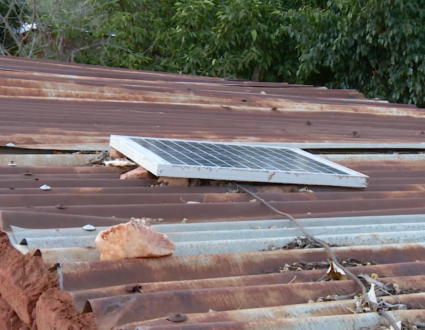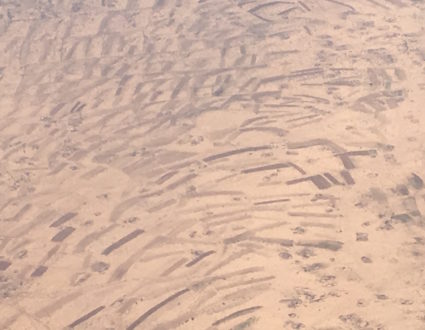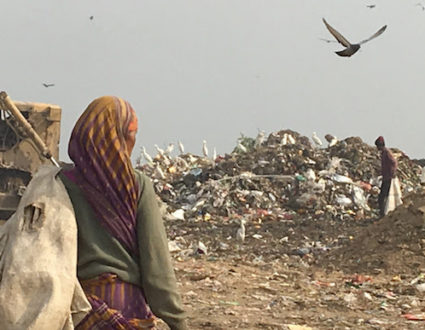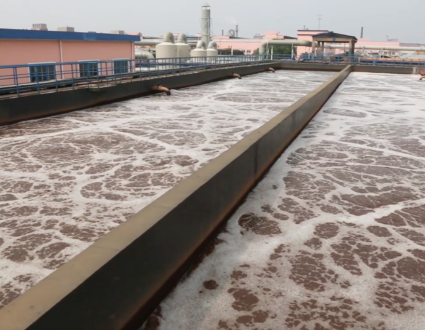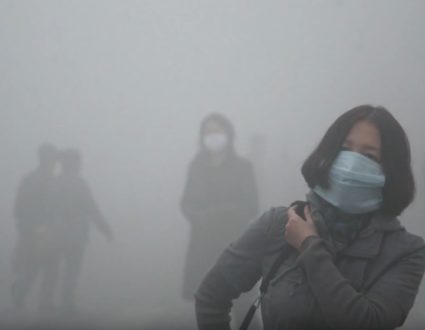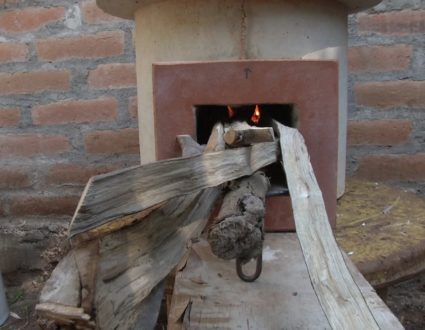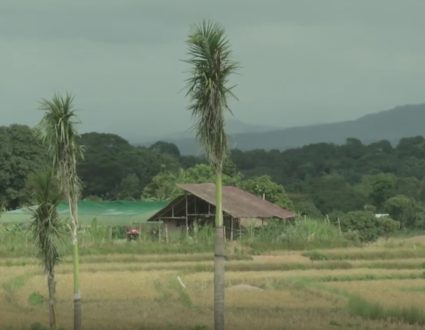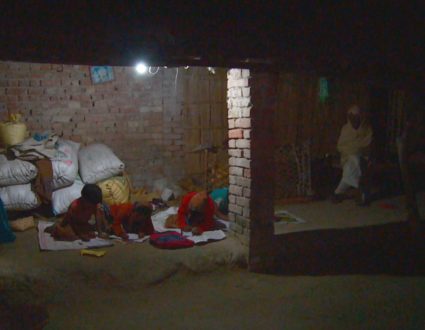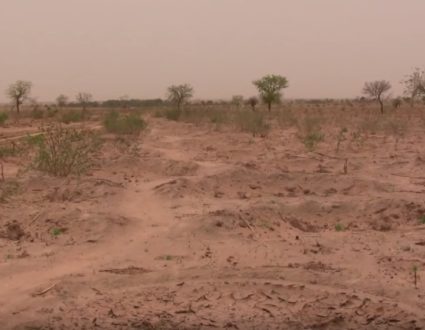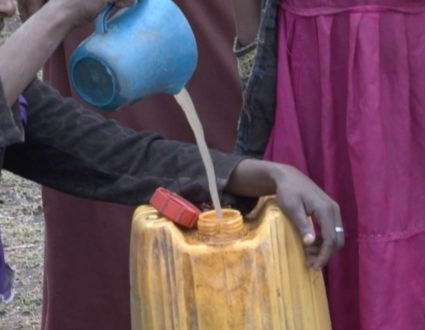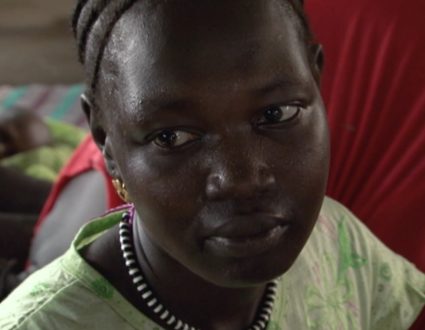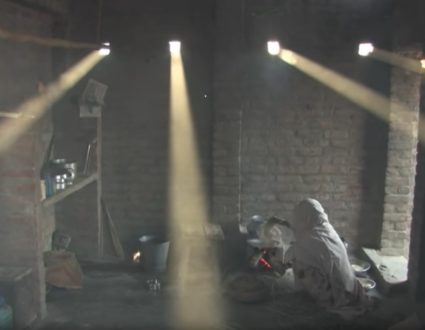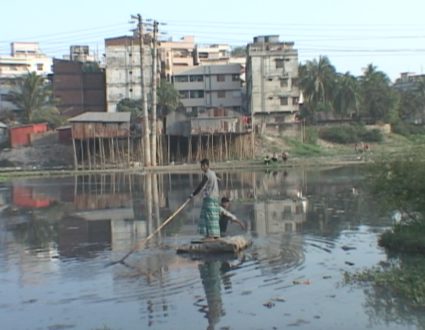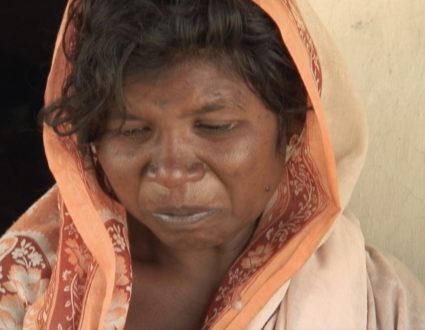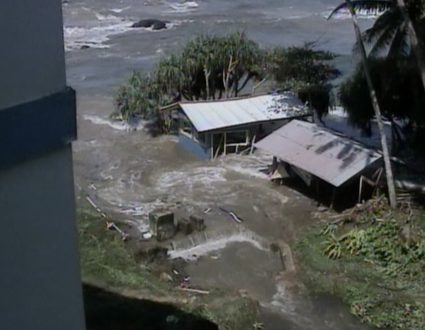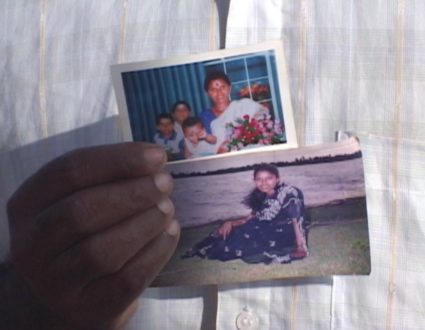- Geoff Bennett:The U.K. became the first country with a major economy to set a deadline to become a carbon-neutral economy, with zero emissions of greenhouse gases. Britain’s target is 2050.Scotland’s is even earlier by 2045.As Fred de Sam Lazaro reports, one industry is already trying to clean up it’s act, one responsible for Scotland’s best-known export.
- Fred de Sam Lazaro:Scotch whiskey is a $7 billion-a-year export, reaching the farthest corners of the world, with scores of well-known brands, from White Label to Black Label.
- Narrator:Distilled and blended in Scotland.
- Fred de Sam Lazaro:The marketing, especially on more expensive labels, evokes the pristine Scottish countryside and its distinct whiskey regions. Less well-known is that whiskey-making is a dirty business, producing as much carbon dioxide as it does alcohol, and using a lot of fossil fuels.
- Anna Pilkington, Glentauchers Distillery:It is an energy-intensive process. This is our stillhouse.
- Fred de Sam Lazaro:Anna Pilkington is an engineer at the Glentauchers distillery in the Speyside region owned by the French multinational Pernod Ricard, with brands like Chivas Regal and Glenlivet.Some 3,400 gallons of alcohol, equal to about 13,000 one-liter bottles, are distilled each day after the barley is mashed, washed, and then distilled in enormous copper stills before being poured into wooden barrels to be aged.
- Anna Pilkington:We have many different shapes of stills and they will all produce a different character, because it all depends on how much time they have in contact with the copper.
- Fred de Sam Lazaro:So, there’s nothing better or worse? It’s just a matter of individual preferences that you’re trying to cater to?
- Anna Pilkington:Exactly, exactly. So we’re in Speyside today. And Speyside are known for lighter, prettier flavor profiles. However, if you were to go to Islay, they are known for their much heartier, fuller, richer spirits. And that’s all to do with their malts, their water and the shape of their stills.
- Fred de Sam Lazaro:The concern of this distillery goes beyond the whiskey palate to climate change and its potential impact on business, a concern shared by Scotland’s government, which subsidized the installation of an elaborate system of pipes, condensers and compressors to capture and reuse much of the heat produced in the distillation.
- Anna Pilkington:We have seen a 48 percent reduction in overall energy consumption. But in terms of heat energy and, therefore, carbon, we have reduced it by 53 percent.
- Fred de Sam Lazaro:Has the equipment paid for itself yet?
- Anna Pilkington:Yes. Yes.
- Fred de Sam Lazaro:There are other plans capturing and bearing carbon dioxide, for example, to help reach net zero.It might seem like a no-brainer, but for many distilleries, such retrofits are not easy. Many are smaller in old buildings on the historic register and lack the physical space. And, critically, they’re loath to mess with a time-honored way of doing things.
- Ronald Daalmans, Chivas Brothers:People very nervous about changing the way the process works.
- Fred de Sam Lazaro:Ronald Daalmans is an executive with the distillery’s parent company.Because it’s been done this way for sometimes hundreds of years.
- Ronald Daalmans:Exactly, yes, and especially if you’re a smaller distiller. Imagine if you only have two stills, one wash, one spirit. How do you do a trial in that scenario?
- Fred de Sam Lazaro:Big and small, he says, distillers are working with their competitors to reduce the carbon footprint of a very image-sensitive industry.
- Ronald Daalmans:We’re also needing to appeal to the consumers of tomorrow. And, increasingly, they are making decisions based on not just do I like the brand, but do I like what it stands for?
- Fred de Sam Lazaro:Making things that much trickier is that that tomorrow is usually a long way off.It takes just three ingredients to make whiskey, barley or cereal grain, water, and yeast. The distillation takes a few days, and then the long wait begins before payday. In the case of this distillery, the stuff will remain in casks for 18 years before it’s bottled and sent to the store shelf.This distillery in the Scottish highlands is a start-up called Arbikie. Its start date was either 2013 or arguably about a couple of centuries earlier, says tour guide Mark Mash.
- Mark Mash, Arbikie Distillery:The distillery was in the field behind there in 1794. And so we pick up on that in our branding and our marketing.
- Fred de Sam Lazaro:That, the setting, and the storied history. The farm that surrounds the distillery’s new incarnation is owned by a family with deep roots here. It will soon bring online a wind turbine. And unlike the multinationals with far-flung supply chains, everything is locally sourced.
- Mark Mash:All of our white spirits.
- Fred de Sam Lazaro:Today, it sells and serves tourists vodka, gin, and a rye whiskey, things that need less aging, all to keep the lights on until the big release in 2033 of its single malt whiskey.
- Mark Mash:We will always be able to tell you, when this malt whiskey is bottled and sold that the crop that was distilled was prisma barley and that it was grown in the Fauns Castle Field up here.
- Fred de Sam Lazaro:And that’s important for what reason?
- Mark Mash:I think it’s an interest in the quality of what we eat and drink and therefore the provenance of what we do and what we make. It’s very individual. People sometimes say to me, Mark, what’s your favorite whiskey?My reply is always, ask me what mood I’m in.
- Fred de Sam Lazaro:He and the owners are counting on the right consumer mood 18 years after pouring their malt and a whole lot of faith into these casks.For the “PBS NewsHour,” in a very good mood, this is Fred de Sam Lazaro in the Scottish highlands.
- Geoff Bennett:Fred’s reporting is a partnership with the Under-Told Stories Project at the University of St. Thomas in Minnesota.
From mash to still
making whisky is a carbon intensive process
The UK became the first major economy to set a deadline to become a carbon-neutral economy with zero emissions of greenhouse gasses. Britain’s target is 2050. Scotland’s is even earlier, by 2045. In this report we look at the effort of the industry responsible for Scotland’s best-known export.




